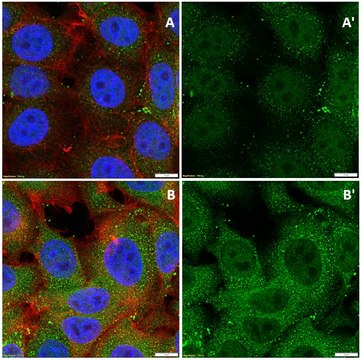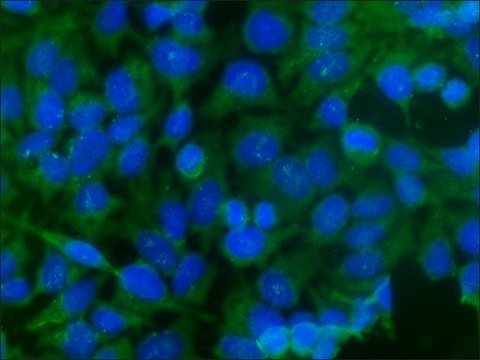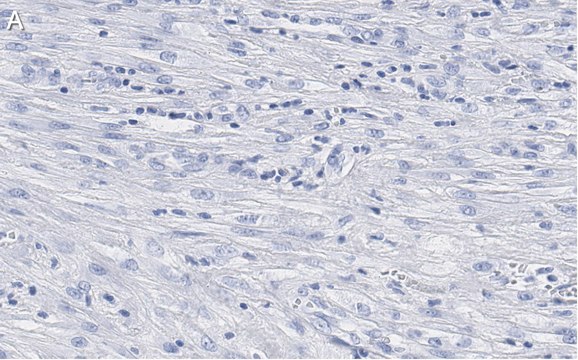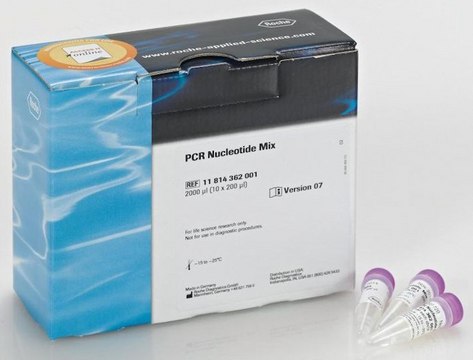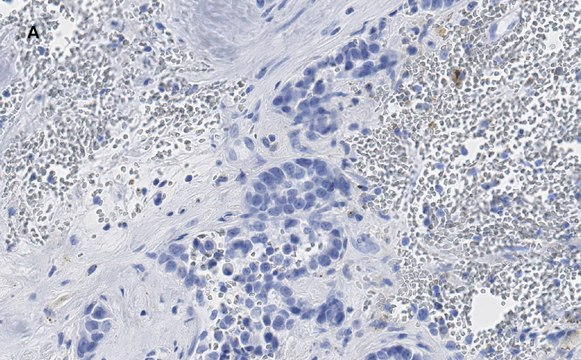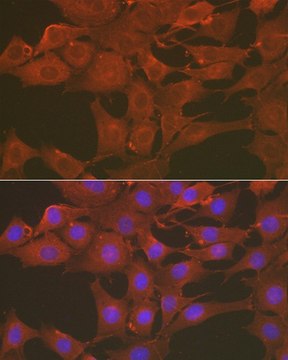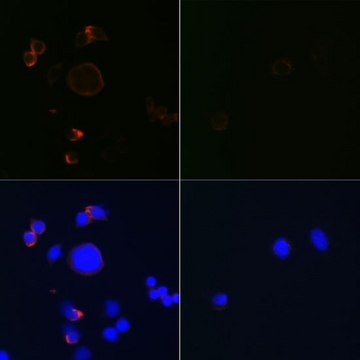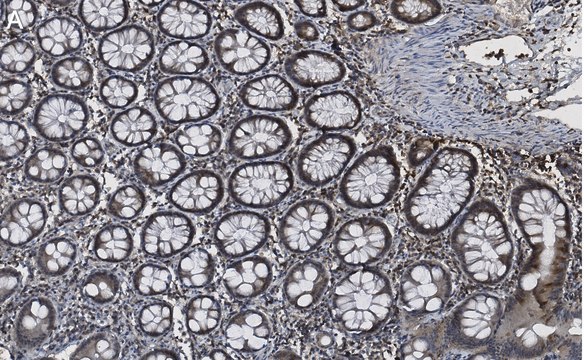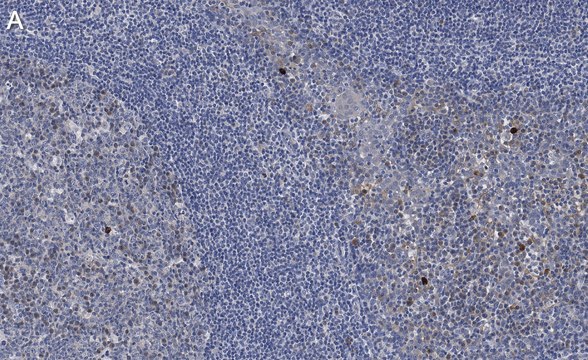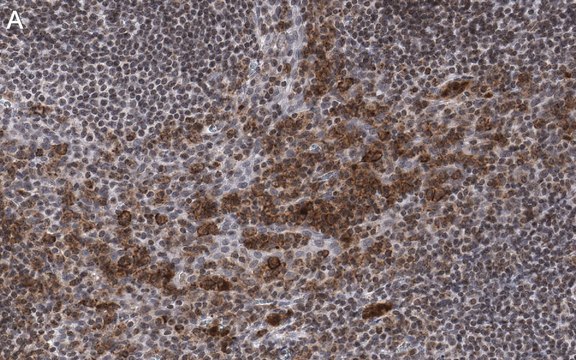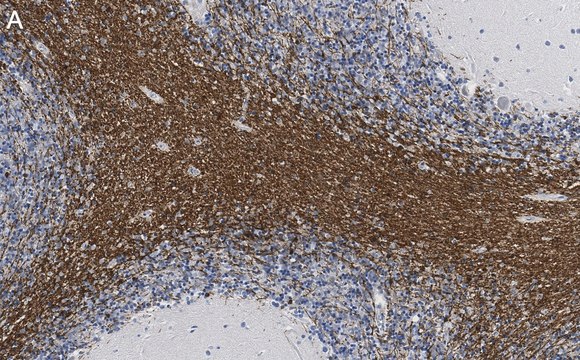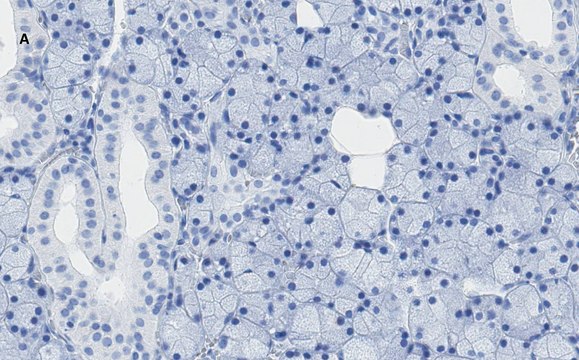ZRB1221
Anti-Caspase-3 Antibody, clone 3J16 , ZooMAb® Rabbit Monoclonal

recombinant, expressed in HEK 293 cells
Synonym(s):
Apopain, CASP-3, CPP-32, Cysteine protease CPP32, EC:3.4.22.56, Protein Yama, SCA-1, SREBP cleavage activity 1
Select a Size
Select a Size
About This Item
Recommended Products
biological source
rabbit (recombinant)
Quality Level
recombinant
expressed in HEK 293 cells
conjugate
unconjugated
antibody form
purified antibody
antibody product type
primary antibodies
clone
3J16, recombinant monoclonal
product line
ZooMAb® learn more
form
lyophilized
mol wt
calculated mol wt 31.61 kDa
observed mol wt ~31 kDa
1 of 4
This Item | ZRB1563 | ZRB1133 | ZRB1171 |
|---|---|---|---|
| biological source rabbit (recombinant) | biological source rabbit | biological source rabbit | biological source rabbit (recombinant) |
| conjugate unconjugated | conjugate unconjugated | conjugate unconjugated | conjugate unconjugated |
| species reactivity human, rat | species reactivity human, mouse | species reactivity human | species reactivity human |
| Gene Information human ... CASP3(836) | Gene Information human ... CASP1(834) | Gene Information - | Gene Information human ... ANO1(55107) |
| antibody form purified antibody | antibody form purified antibody | antibody form purified antibody | antibody form purified antibody |
| clone 3J16, recombinant monoclonal | clone 9H11, monoclonal, recombinant monoclonal | clone recombinant monoclonal | clone 3J18, recombinant monoclonal |
General description
Each ZooMAb antibody is manufactured using our proprietary recombinant expression system, purified to homogeneity, and precisely dispensed to produce robust and highly reproducible lot-to-lot consistency. Only top-performing clones are released for use by researchers. Each antibody is validated for high specificity and affinity across multiple applications, including its most commonly used application. ZooMAb antibodies are reliably available and ready to ship when you need them.
Learn more about ZooMAb here.
Specificity
Immunogen
Application
Flow Cytometry Analysis: 0.1 μg from a representative lot detected Caspase-3 in Jurkat cells.
Immunocytochemistry Analysis: A 1:100 dilution from a representative lot detected Caspase-3 in Jurkat cells.
Note: Actual optimal working dilutions must be determined by end user as specimens and experimental conditions may vary.
Target description
Physical form
Reconstitution
Storage and Stability
Legal Information
Disclaimer
Not finding the right product?
Try our Product Selector Tool.
Storage Class Code
11 - Combustible Solids
WGK
WGK 1
Flash Point(F)
Not applicable
Flash Point(C)
Not applicable
Regulatory Information
Choose from one of the most recent versions:
Certificates of Analysis (COA)
Don't see the Right Version?
If you require a particular version, you can look up a specific certificate by the Lot or Batch number.
Already Own This Product?
Find documentation for the products that you have recently purchased in the Document Library.
Articles
Learn about the hallmarks of cancer and find reliable ZooMAb® recombinant antibodies to study them, conveniently organized by cancer hallmark.
Our team of scientists has experience in all areas of research including Life Science, Material Science, Chemical Synthesis, Chromatography, Analytical and many others.
Contact Technical Service